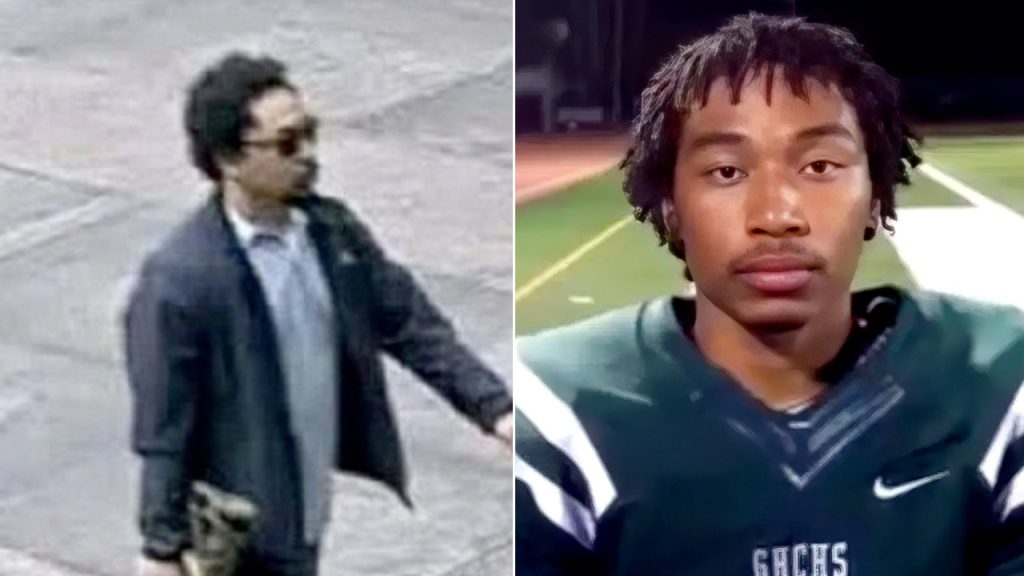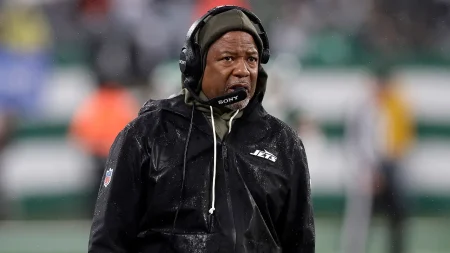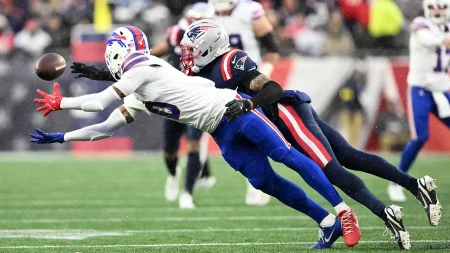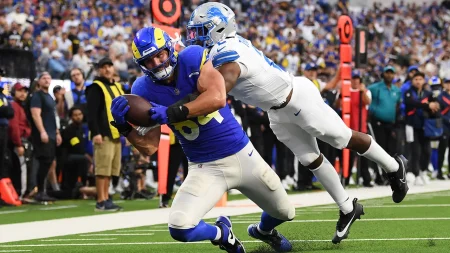NFL Office Shooter Had “Unambiguous Evidence” of Low-Stage CTE, Medical Examiner Confirms
In a significant development that raises profound questions about the relationship between brain trauma and violent behavior, the New York City Office of the Chief Medical Examiner announced Friday that David Tamura, the man responsible for the deadly shooting at the NFL’s New York City headquarters in July, had “unambiguous diagnostic evidence” of low-stage Chronic Traumatic Encephalopathy (CTE). This diagnosis adds a complex layer to an already tragic story that claimed four lives and left the sports world reeling. Following extensive analysis by neuropathology experts, the medical examiner’s office confirmed the presence of this degenerative brain condition, which is associated with repeated head trauma. “The findings correspond with the classification of low-stage CTE, according to current consensus criteria,” the office stated, while acknowledging that “the science around this condition continues to evolve, and the physical and mental manifestations of CTE remain under study.”
The revelation brings a chilling context to a note found in Tamura’s pocket after the shooting, in which the 27-year-old Las Vegas resident claimed he had suffered a traumatic brain injury and explicitly blamed the NFL for “concealing the dangers to players’ brains to maximize profits.” His haunting final request—”Study my brain please. I’m sorry”—now appears to be a deliberate effort to provide evidence for his claims, though the connection between his condition and his violent actions remains unclear. The medical examiner had previously confirmed that Tamura died by suicide from a self-inflicted gunshot wound after his rampage, but had not initially commented on whether CTE played any role in the incident. This latest finding doesn’t establish causation but inevitably raises questions about the potential influence of brain injury on his behavior.
The July shooting shocked the nation as Tamura entered the NFL building and opened fire in the lobby, killing off-duty NYPD Officer Didarul Islam, 36, who was working security; Wesley LePatner, 43, a married mother of two; and 27-year-old real estate worker Julia Hyman. He then proceeded to a 33rd-floor office where he killed security guard Aland Etienne before turning the gun on himself. An NFL employee was also wounded in the lobby during the attack. According to reports, Tamura was attempting to reach the NFL offices after initiating his shooting spree in the building’s entrance area, suggesting a targeted approach to his violence that aligns with the grievances expressed in his note.
The tragedy has prompted increased security measures at NFL facilities, as confirmed by NFL Executive Vice President Jeff Miller in August. “We’re very lucky that our security chief, Cathy Lanier, the former police chief in Washington, D.C., has tremendous experience in this space and that we have terrific partners in the building as we look for ways to make it even more secure than it was before,” Miller stated. While these measures address the immediate safety concerns, they don’t address the underlying issues related to brain injury that Tamura’s case has now brought to the forefront of discussion.
This case emerges against the backdrop of the NFL’s complicated history with CTE research and player brain health. For years, the league faced criticism for allegedly downplaying the connection between football-related head injuries and long-term brain damage, eventually reaching a billion-dollar settlement with former players suffering from neurological problems. Tamura’s explicit mention of the NFL “concealing the dangers” echoes these longstanding criticisms, though it remains unclear whether he personally played football or how he might have sustained repeated head trauma leading to his CTE diagnosis. The medical examiner’s cautious language about the “evolving” science of CTE reflects the ongoing challenges in understanding the full spectrum of this condition’s effects.
The confirmation of CTE in Tamura’s brain tissue adds another dimension to this already complex tragedy, highlighting the intersection of mental health, brain injury, and violence in a way that defies simple explanations. While his diagnosis doesn’t excuse his actions, it raises important questions about the recognition and treatment of traumatic brain injuries, the potential behavioral impacts of CTE, and society’s responsibility to address these issues comprehensively. As families of the victims continue to grieve their devastating losses, this medical finding serves as a somber reminder of how much remains to be understood about the human brain and the sometimes catastrophic consequences when it’s damaged. The NFL, medical researchers, and society at large now face renewed pressure to confront these difficult questions with the urgency and seriousness they demand.















